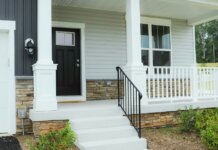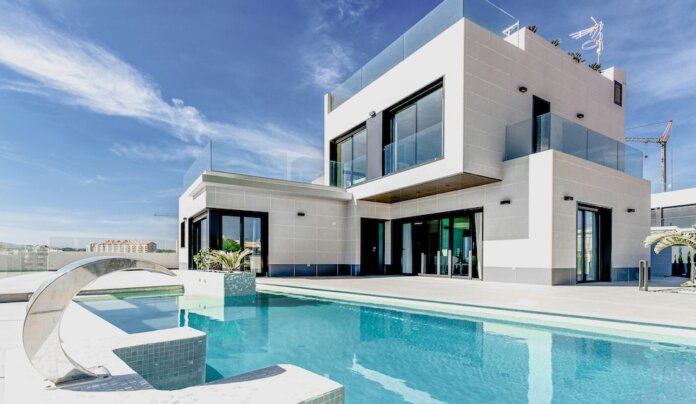U.S. home prices increased 0.1% in January compared the December and were up 3.3% compared with January 2024, according to First American’s House Price Index report.
The report shows that home price growth has slowed significantly in the past six months.
And with mortgage rates still hovering just below 7%, it appears the “housing winter” is likely to linger for quite a while longer.
“National house price growth slipped to the slowest pace since June 2023 amid elevated mortgage rates and rising inventories,” says Mark Fleming, chief economist at First American, in a statement. “Elevated mortgage rates reduce house-buying power for potential buyers, holding back demand.”
“At the same time, inventory levels are increasing as some potential sellers list their homes for sale after coming to terms with ‘higher-for-longer’ rates and more new-home completions hit the market, further dampening price growth,” Fleming says. “Much like the groundhog seeing its shadow, we expect this ‘housing winter’ to persist if mortgage rates remain high while inventories keep climbing.”
The report segments home price changes at the metropolitan level into three price tiers based on local market sales data: starter tier, which represents home sales prices at the bottom third of the market price distribution; mid-tier, which represents home sales prices in the middle third of the market price distribution; and the luxury tier, which represents home sales prices in the top third of the market price distribution.
“The luxury price tier stands out as a relative out-performer when measuring annual house price growth by tier and market,” Fleming says. “Prices in the luxury tier grew in 25 of the 28 markets we tracked this month, outpacing price growth in the mid- and starter tier segments.”
“Luxury home buyers, less affected by the lock-in effect due to their ability to pay in cash, are playing a different game,” he says. “In December’s existing-home sales report, the boom in sales was most distinct at the upper end of the market as sales of homes priced at more than $1 million jumped 35 percent nationally, followed closely by homes in the $750,000-$1 million range, which spiked 33 percent. Existing homeowners are playing ‘housing musical chairs’ by selling to each other, a dynamic that is keeping luxury price growth strong in many markets.”
Photo: Frames For Your Heart










